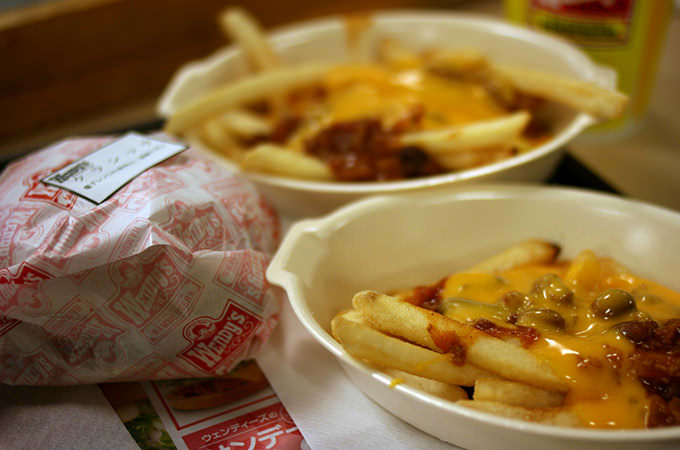
Fast food is here to stay. Is it unhealthy? Most of the time. Is it mass produced with little care for customer satisfaction? Yes. But America’s love affair with the drive through burger and the chicken nugget is only growing, hopping across oceans and over borders in ways few phenomena ever can.
Like every cultural sensation, fast food has come with its fair share of urban legends with varying degrees of truth to them. Here are the top ten strangest tales to come out of the fast food universe.
1. A Woman (allegedly) Found a Finger in a Cup of Wendy’s chili
There’s nothing quite as nightmarish as finding something in your food that doesn’t belong there.
We’re protective of our food, and rightfully so. It’s always painful to be reminded that sometimes quality control just isn’t up to snuff.
Such was the case in 2005 when a woman named Anna Ayala filed a suit against the fast food chain Wendy’s claiming that she found a severed human finger in the cup of chili she bought.
The ensuing media firestorm was intense enough that Wendy’s began offering free shakes to locals in the San Jose area in an attempt to woo customers back. Experts studied the finger in question and determined that it had not been cooked with the actual chili and must have instead been added after the fact.
It was later determined to have belonged to an associate of Ayala’s husband who lost it in an industrial accident. How Ayala came to possess the severed digit remains a mystery. As the case wore on it became known that Ayala was constantly filing lawsuits against major corporations, apparently in an attempt to score some easy cash.
She was charged with attempted grand theft and conspiracy to file a false claim, and both her and her husband served jailtime shortly after conviction. So rest easy, everyone. Turns out it’s very rare to find human body parts in your food.
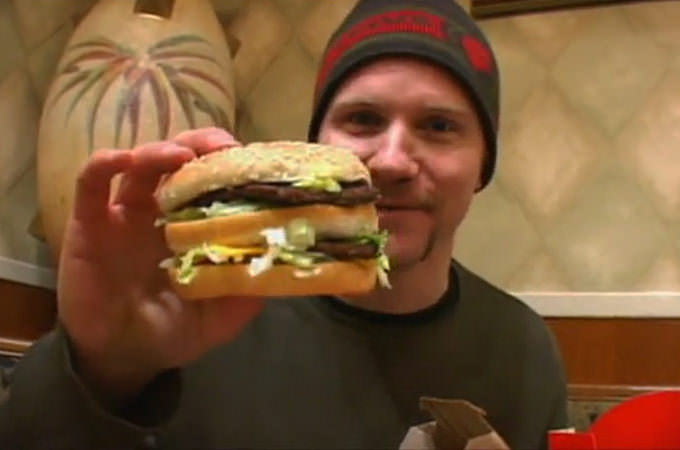
2. Morgan Spurlock’s “Super Size Me” was Largely Exaggerated
Documentarian, social critic and comedian Morgan Spurlock exploded onto the world stage in 2004 when his documentary on the fast food world became a surprise hit.
Though it dips its toes into many facets of American culture, from the power of Congressional lobbying to the obesity epidemic to media dishonesty, the film reserves its harshest central criticism for fast food, specifically McDonald’s and the extremely unhealthy food it shills.
Spurlock subjected himself to a 30-day all-McDonald’s diet, documenting his extreme weight gain, cholesterol increase, and mood swings the diet caused in him. The film claims he nearly died due to the experience, and it took him over a year to fully recover.
While the film makes several extremely salient points about America’s unhealthy obsession with sugary, high carb meals, there was one major flaw in the movie’s overall message: Spurlock was drastically overeating and not exercising, which would have resulted in similar results whether he’d eaten McDonald’s or home cooked meals.
While fast food is not good for you, no one has ever suggested you should eat it three times a day every day for a month. “Super Size Me” does a great job depicting the dangers of an unhealthy diet, but it fails to mention that moderation is key. As long as you don’t overeat to the ridiculous degree Spurlock did, you won’t see anywhere close to the same results.

3. A Man DID Find a Finger in His Pint of Ice Cream Or not.
In all seriousness the odds of finding any foreign object in your food are astronomically tiny, but that was of little help to Clarence Stowers in 2005 when he went home with a pint of frozen desert from Kohl’s Frozen Custard in Wilmington, North Carolina.
It was upon opening the pint at home that he discovered the tip of a human finger embedded in the ice cream, severed at the first knuckle.
Adding to the horror of it all, Stowers said he failed to recognize the digit at first, believing it was candy.
It was only upon putting a scoop of the ice cream into his mouth that he realized what he was chewing on. According to Stowers, he spat the finger into his hand, rinsed it off and “just started screaming.”
In a weird series of mishaps more befitting a daytime sitcom, it turns out a 23 year old employee of Kohl’s had slipped and put his hand into the dairy mixer in the back, severing the tip of his finger. While employees rushed to help him, one absentminded coworker scooped out some of the ice cream and served it to Stowers who promptly drove away.
It was a series of coincidences that would feel laughable if it hadn’t actually happened. Kohl’s was later investigated for failing to comply with health standards, and everyone involved learned to look before they scoop.
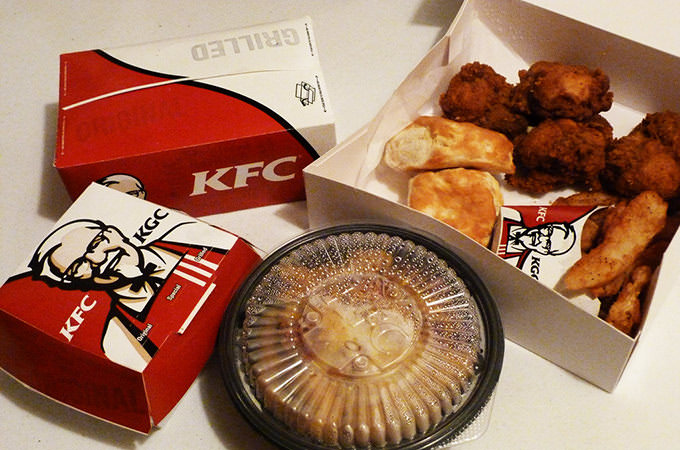
4. There’s No Chicken in Kentucky Fried Chicken
Kentucky Fried Chicken was one of the first businesses to see the potential in nationwide branding.
Wise old Colonel Sanders is almost as recognizable as Mickey Mouse or the Frito Bandito, and KFC is now the world’s second largest restaurant chain, behind only McDonald’s.
All of this lead to some confusion and speculation in 1991 when the company officially changed the name of its global empire to the shorter, punchier “KFC”.
In reality, the restaurant chain had already been known informally by that name for decades and it was merely adopting a label that was easier to pronounce, but that didn’t stop the internet’s conspiracy engine from rolling.
Rumors continue to abound to this day about some secret government mandate to drop the term “chicken” from the fast food chain’s name due to their products no longer containing chicken.
Some say the inorganic additives have outweighed the actual chicken meat in the food and thus the label is no longer appropriate, whereas others claim the company has bred genetically modified featherless, beakless animals that bear only passing resemblance to chickens in order to slaughter and serve them by the thousands. Both stories are inaccurate.
The company’s FDA-approved recipes all list chicken as the main ingredient, though like all fast food it contains plenty of less-than-appetizing additives.
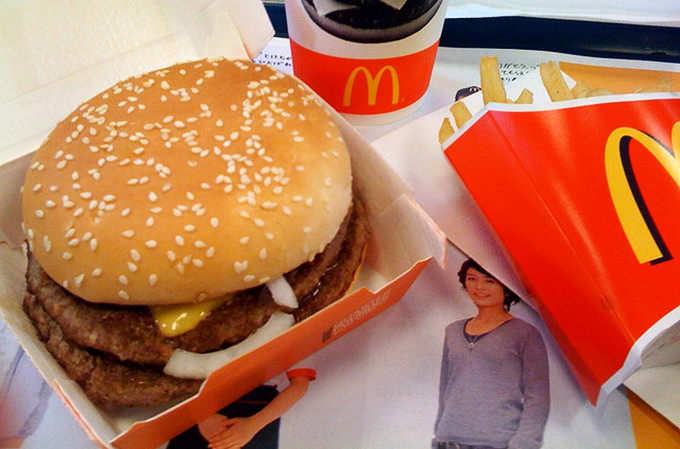
5. McDonald’s Hamburgers Never Rot
It’s simply not feasible to serve millions of hamburgers a day and have each one contain 100% natural ingredients.
There aren’t enough cows in the world and there isn’t a way to process them quick enough.
Thus, like all fast food chains, McDonald’s uses a specific certain mixture of beef and “sort of” beef in their burger patties. This can lead to… strange side effects.
In 2013, a story went viral across the internet about a man who saved a McDonald’s hamburger since 1999 to see what would happen to it. Normal food products would decay and sprout all manner of fungi and bacteria, and this particular burger patty, while certainly inedible, still looked much the same as it did back in the Clinton administration.
McDonald’s issued a statement regarding the burger, stating that their buns and patties become very dry in the cooking process and won’t support bacteria or fungi as a result.
Experts were less than impressed with the explanation, insisting that while that could account for a lack of rot after a few days or weeks, fourteen years is an awful long time to wait for a food product to undergo natural decay.
So, either McDonald’s burgers have a few things in them that don’t behave the way beef is supposed to, or they are magic. You be the judge.

6. Bottled Water Is No Better Than Tap Water (and is sometimes worse!)
Bottled water has been exploding in popularity since the 1990s, leaving many experts scratching their heads.
In lesser developed countries, or areas with less-than-stellar purification methods and impure ground water, bottled water can be a godsend.
But even in areas with plentiful, fresh, clean, and free tap water, people still prefer to pay two dollars for the privilege of chugging it out of a plastic container instead.
Customers insist that bottled water is safer and better tasting. The latter is a matter of personal preference, but studies have proven the former to not be the case. According to Eric Goldstein of the Natural Resources Defense Council, “No one should think that bottled water is better regulated, better protected or safer than tap.”
According to several studies, the water frequently comes from local sources available for free. In one case the water was being bottled near a hazardous waste disposal site.
And then there was the famous case where FIJI Water ran an ad bragging that their product “wasn’t bottled in Cleveland.” The Cleveland Water Department shot back with a study proving FIJI’s water contained more arsenic and contaminants than the water that came out of Cleveland residents’ sinks. So remember, just because you bought it in a bottle doesn’t mean it’s better than the stuff you get for free.
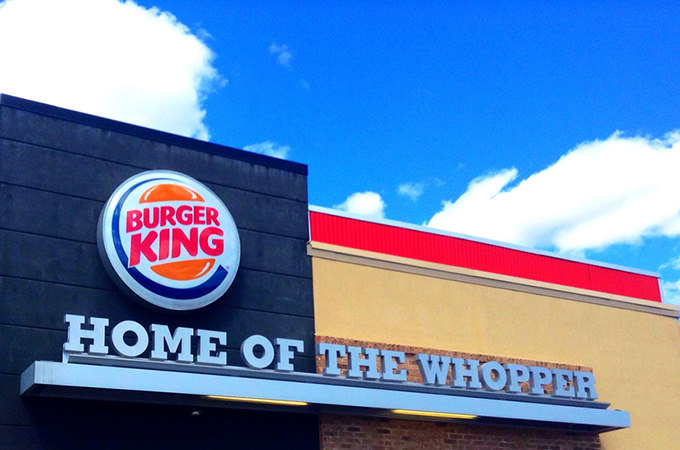
7. Mattoon, Illinois Has Its Own Special Burger King
Way back in 1952, Mattoon residents Gene and Betty Hoots started running a local ice cream shop called Frigid Queen.
Business was going very well for the next few years so they added a grill so customers could have hot food in the colder months.
Their burgers and fries proved popular and they decided to create a sibling restaurant to pair with their ice cream-centric endeavor. Betty Hoots decided a queen needs a king, and Mattoon’s first Burger King was born.
This Burger King had no relation to the Burger King chain you’re familiar with. In 1969 the Hootses became aware of a Florida brand using their name in roughly fifty locations in throughout Illinois.
Burger King (the fast food chain) reportedly offered them $10,000 to open an outlet in Mattoon but they refused and chose to sue. Today, the case is considered a landmark in trademark law. Burger King (the chain) is not allowed to operate inside Mattoon and the Hoots family is not allowed to use the name outside of it.
The restaurant is still operating and still popular with the locals, who prefer the “Mom and Pop” touch of their favorite burger joint than a hundred drive-through outlets slinging Whoppers.

8. Coca Cola Began As A Cure-All Medicine (With Cocaine In It)
The world’s most popular soft drink started life when Colonel John Pemberton, a Civil War veteran, was wounded in battle and became addicted to morphine.
Seeking a safer, cheaper alternative, he developed a carbonated beverage from coca leaves, imitating the styles of popular European coca-based drinks.
It proved popular during the Depression in the United States, and Prohibition only bolstered the population’s craving for mood-altering beverages.
Coca Cola became a staple of soda fountains and candy stores across the country, and today Coca Cola is routinely listed as among the world’s most valuable brands.
It’s possible none of these would have happened if Pemberton hadn’t been so keen on (sometimes dishonest) self-promotion. He sold the product as a cure-all, claiming it could eliminate the symptoms of morphine addiction, headaches, indigestion and impotence.
That’s right; the ultimate guilty pleasure soft drink was once labeled as a health food. And yes, methods of refining coca extraction were primitive back at the dawn of the 20th century, so some cocaine-like substances often made their way into the finished product.
This was more of a selling point than anything, since many people considered cocaine to be a benign drug at the time. Obviously today Coca Cola contains no drugs whatsoever. Having said that, 39 grams of sugar per can still won’t do your body any favors.

9. A Scammer Forced Fast Food Employees to Conduct Strip Searches
In one of the most bizarre and chilling crime sprees in recent memory, dozens of fast food restaurants received strange calls between 1992 and 2004 from a man claiming to be a general manager.
He was always professional and soft spoken, very clear and concise with his instructions. The process was always similar: he would claim some amount of money was stolen by a female employee at the store and that she must be strip searched.
He would rarely resort to threats, instead relying on a proven psychological technique of beginning with small requests before building up to larger, more humiliating ones.
Employees complied more often than not, fearing they would lose their jobs if they failed to meet the manager’s demands. He left a trail of traumatized women in his wake.
It was over ten years before an arrest was made. David R. Stewart, an employee of a correctional facility, was found to be in possession of several phone cards used to call fast food restaurants. Sadly, justice was never served.
He was acquitted of all charges in 2006 due to lack of evidence. After his arrest, the calls ceased. Many fast food chains revised their employee manuals due to the scams, insisting that employees must take more precautions to determine if they are speaking to managers or imposters in the future.
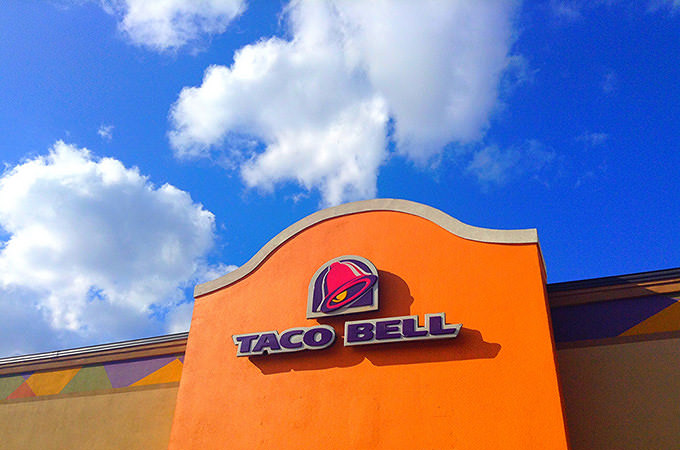
10. Taco Bell’s Ground Beef Contains Horse Meat
The western world isn’t big on eating horses. There’s nothing especially unhealthy about horse meat, we’ve just got other things on our mind when it comes to our four legged brethren besides how they’d taste on the grill.
And yet, when we order a ground beef hamburger, we can reasonably expect there to be no horse in it.
Such was the case in 2013, when a study by the UK’s Food Standards Agency determined the beef they had been using roughly contained more than 1% horse products.
Taco Bell issued a profuse apology, insisting it was the fault of the beef wholesaler that had been selling to them, a company they would no longer be doing business with as a result of the scandal.
It was only the latest in a series of similar incidents that plagued 2013, where horse meat was found to be present in many ground beef products throughout Europe.
Ireland’s Burger King franchise admitted to having horse meat in their burgers, as did Ikea in regards to their famous Swedish meatballs in England. Legislation was passed to ensure stricter quality control measures and today you can be reasonably certain there’s no horse meat in your beef at all.

